I help robot companies commercialize and grow
Dr. Claus Risager, CEO & Founder @ REGASIR ApS
M.Sc., Ph.D. in Robotics & AI (Artificial Intelligence)
9 out of 10 robot companies do not survive – not because their idea isn’t right or their technical inventions aren’t great – but because they underestimate and lack the necessary experience and knowhow to commercially develop their business. In the end they run out of money before being profitable or even showing a proof-of-business.
Over 37 years I have been working with most aspects of commercializing and growing robotics businesses. All of it has been packaged into an advisory service in REGASIR and made available to selected robotics companies.
Read more
9 out of 10 robot companies do not survive – not because their idea isn’t right or their technical inventions aren’t great – but because they underestimate and lack the necessary experience and knowhow to commercially develop their business. In the end they run out of money before being profitable or even showing a proof-of-business.
Over 37 years I have been working with most aspects of commercializing and growing robotics businesses. All of it has been packaged into an advisory service in REGASIR and made available to selected robotics companies.

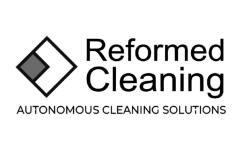
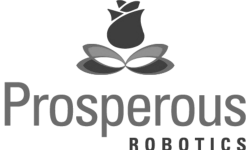
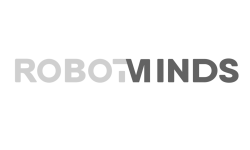
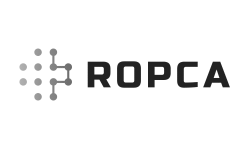
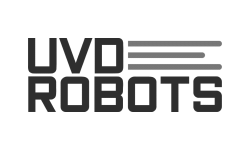
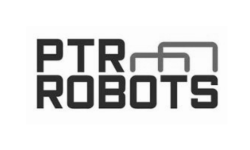
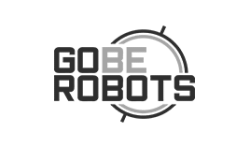
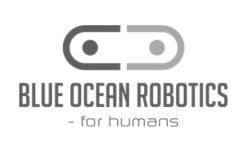
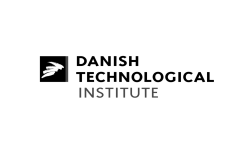
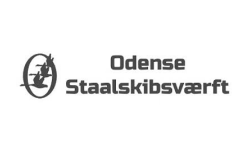

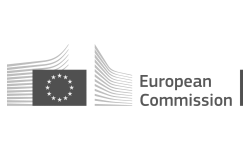
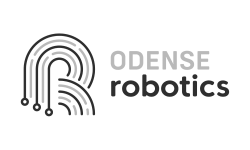
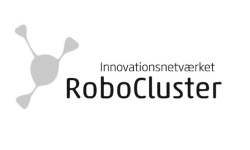
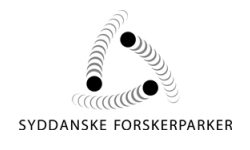

What I do
Successful commercialization and growth of a robot company highly depends on a number of underlying and interdependent factors. For each factor the right understanding, the right direction to go in and the right recipe to achieve customer success needs to be developed as fast and cost efficient as possible. While some of these factors are naturally sequential, most are actually executed in parallel. Experience has shown that a successful outcome often belongs to those who in fast, cheap and easy ways are good at testing their ideas and assumptions against the real world through interactions with customers, competitors and others in a fast failing process with a steep learning curve. It’s all about continuing these fast learning cycles until a mature and stable level has been reached where our understanding of our business and the recipes we have developed are well established and well executed by our organization. From there on we can scale on a more solid ground of know-how, competence and experience. And this is what I do. I help your company reach that level of maturity from where you can scale.
Successful commercialization and growth of a robot company highly depends on a number of underlying and interdependent factors. For each factor the right understanding, the right direction to go in and the right recipe to achieve customer success needs to be developed as fast and cost efficient as possible.
Read more
Read more
While some of these factors are naturally sequential, most are actually executed in parallel. Experience has shown that a successful outcome often belongs to those who in fast, cheap and easy ways are good at testing their ideas and assumptions against the real world through interactions with customers, competitors and others in a fast failing process with a steep learning curve. It’s all about continuing these fast learning cycles until a mature and stable level has been reached where our understanding of our business and the recipes we have developed are well established and well executed by our organization. From there on we can scale on a more solid ground of know-how, competence and experience. And this is what I do. I help your company reach that level of maturity from where you can scale.
Markets and Regions
Identify how key macro factors influence the business and understand how the market is expected to develop over the coming 2-3 years and beyond. Factors include government regulation, KOLs, projected growth, geography, demography, and much more
Customer Segments
Group customers according to key characteristics that differentiate the customers and which later on will have an influence on our prioritization of sales and marketing efforts. Some characteristics data can be found in advance, others during sales meetings.
Customer Key Stakeholders
Identify which roles at the customer that are key during a sales process and during the subsequent servicing process. For each role the important agenda and priorities are identified such that sales presentations, -materials and -arguments can be well prepared.
Customer Purchase Process
Map out the steps to be taken from reaching out and having the first contact all the way to receiving a purchase order (PO) and subsequently delivering a proactive service. In each step the logic behind the execution is defined and also linked to key stakeholders.
Customer Business Cases
Understand the economics of the customer, in particular where the budget comes from, who (key stakeholders) makes the decision and what their rationale is for a positive decision. Identify if our product and service has a 1’st, 2’nd or 3’rd order economic effect.
Competitors
Map out all main competitors and all competitive technologies. Identify what their products and services create of value to their customers, which customers they have and what their offerings are. Understand how we overlap and how we can differentiate.
Customer Service
Understand what it takes to make a customer successful after our product has been delivered. Design a customer service function which delivers value to the customers and ensures they will buy more, extend services and become good ambassadors for us.
Pricing
Combine the customer economics with our financial capabilities and design the right packages of prices and terms on purchase, subscription, service, consumables and more in order to minimize the entry barrier. Consider various phases in our life cycle.
Marketing
Clarify from where key stakeholder customer entry points get their information and inspiration. Find out if we should go direct with a cold calling approach or we create a pull effect with promotions at relevant platforms or events, how to blend it and the timing of it
Sales Channels
Identify potential distributors and dealers in the market and match their customer base and competences with what is required to be successful. Estimate the costs and benefits of going direct versus having distributors. Consider timing and stepwise approach
Product-Market-Fit
Match our understanding of how our customers are organized and how their needs, processes and economics works with our offerings and check out if there is a good match which makes it easy, fast and as cost efficient as possible to create successful customers
Product Roadmaps
Map out all main competitors and all competitive technologies. Identify what their products and services create of value to their customers, which customers they have and what their offerings are. Understand how we overlap and how we can differentiate.
Markets and Regions
Identify how key macro factors influence the business and understand how the market is expected to develop over the coming 2-3 years and beyond. Factors include government regulation, KOLs, projected growth, geography, demography, and much more.
Customer Segments
Group customers according to key characteristics that differentiate the customers and which later on will have an influence on our prioritization of sales and marketing efforts. Some characteristics data can be found in advance, others during sales meetings.
Customer Key Stakeholders
Identify which roles at the customer that are key during a sales process and during the subsequent servicing process. For each role the important agenda and priorities are identified such that sales presentations, -materials and -arguments can be well prepared.
Customer Purchase Process
Map out the steps to be taken from reaching out and having the first contact all the way to receiving a purchase order (PO) and subsequently delivering a proactive service. In each step the logic behind the execution is defined and also linked to key stakeholders.
Customer Business Cases
Understand the economics of the customer, in particular where the budget comes from, who (key stakeholders) makes the decision and what their rationale is for a positive decision. Identify if our product and service has a 1’st, 2’nd or 3’rd order economic effect.
Competitors
Map out all main competitors and all competing technologies. Identify what their products and services create of value to their customers, which customers they have and what their offerings are. Understand how we overlap and how we can differentiate.
Customer Service
Understand what it takes to make a customer successful after our product has been delivered. Design a customer service function which delivers value to the customers and ensures they will buy more, extend services and become good ambassadors for us.
Pricing
Combine the customer economics with our financial capabilities and design the right packages of prices and terms on purchase, subscription, service, consumables and more in order to minimize the entry barrier. Consider various phases in our life cycle.
Marketing
Clarify from where key stakeholder customer entry points get their information and inspiration. Find out if we should go direct with a cold calling approach or we create a pull effect with promotions at relevant platforms or events, how to blend it and the timing of it.
Sales Channels
Identify potential distributors and dealers in the market and match their customer base and competences with what is required to be successful. Estimate the costs and benefits of going direct versus having distributors. Consider timing and stepwise approach.
Product-Market-Fit
Match our understanding of how our customers are organized and how their needs, processes and economics works with our offerings and check out if there is a good match which makes it easy, fast and as cost efficient as possible to create successful customers
Product Roadmaps
Design an efficient way in which the organization can process various requirements to the technical teams including maturing of existing products, developing new features to support our services and new features to meet customer requests. It’s a balancing act.
My Approach
“I invest my time in advising selected robot companies
mainly based on long-term interests"
What others say
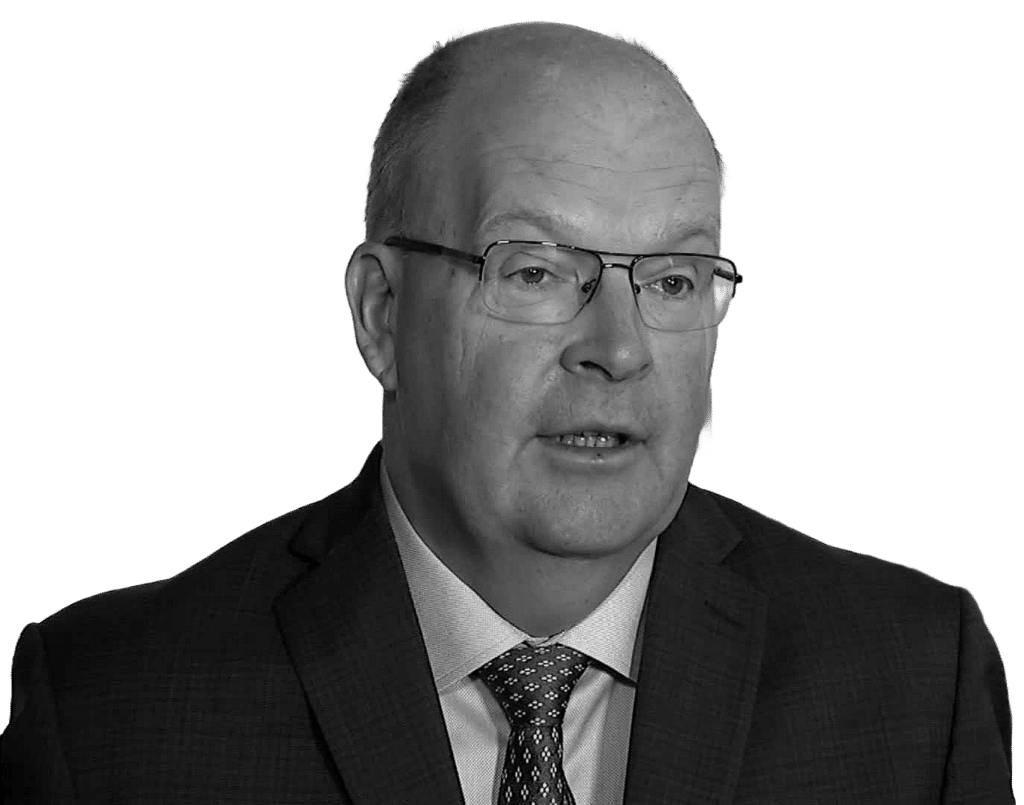
Jørn Tolstrup Rohde
Chairman of the Board of Directors,
2016-2021 | Blue Ocean Robotics
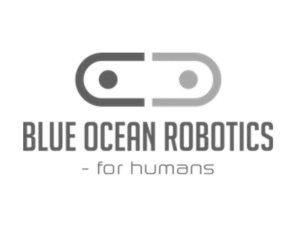
“From 2016 to 2021, Claus as the CEO, Founder and Board Director and I as an Investor and the Chairman of the Board of Directors successfully turned Blue Ocean Robotics into the largest autonomous, self-driving UV-C disinfection robot vendor in the world. We mainly covered Europe, USA and some parts of Asia and the Middle East.”

Johannes Schäeferhoff
CEO | ROPCA ApS
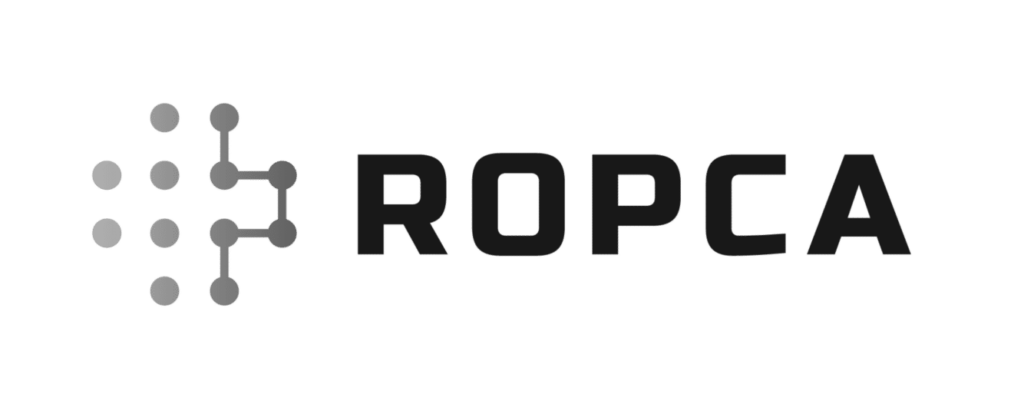
“Claus has been incredibly supportive and engaged as both an investor and mentor to ROPCA and me. He openly shares his wealth of experience and provides concrete, actionable feedback. I enjoy working with Claus.”

Steve Cousins
Executive Director | The Stanford Robotics Center
CEO 2013-2024 | Relay (Savioke)
CEO 2007-2013 | Willow Garage
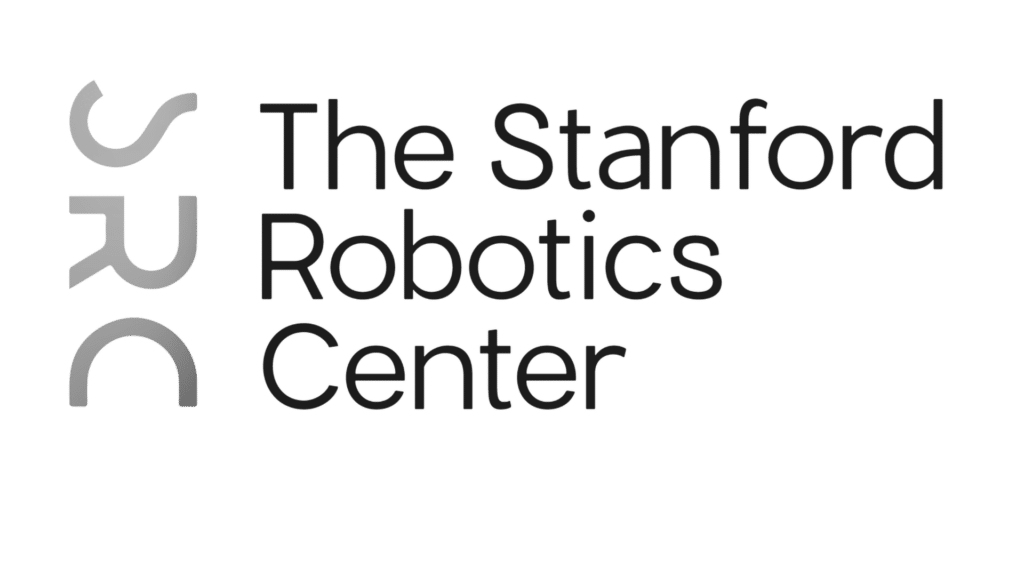
“I’ve always been impressed by the approach Claus Risager takes to finding applications for robotics: he is extremely focused on the customer’s needs first rather than the technology first, and he follows up by piloting solutions diligently and with patience. As a result, his work has a lasting impact on his customers, and serves as meaningful examples of what the future holds for the rest of the world.”

Roland Leidenfrost
Business Manager | Bosch Rexroth
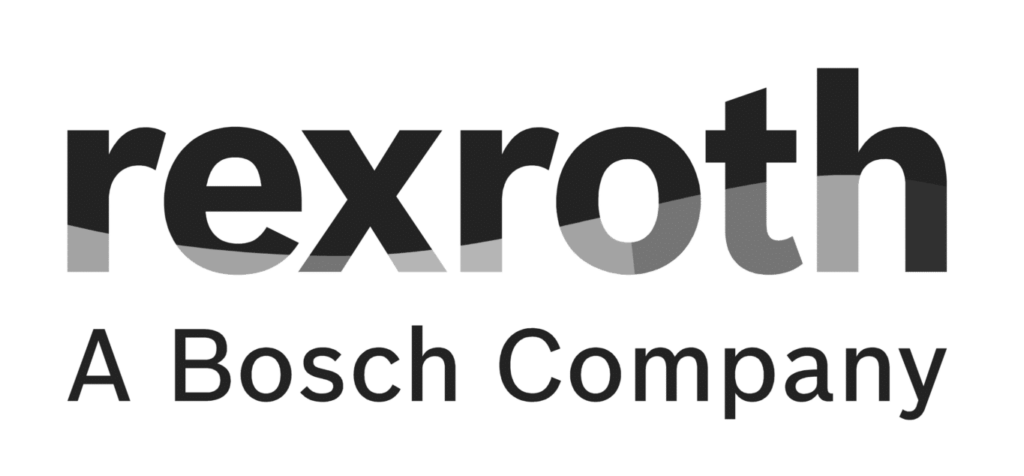
“I have known Claus for many years in both his roles as brilliant researcher as well as gifted entrepreneur. Claus is a dedicated roboticist, anticipates trends and has a strong focus on the goal.”

Henrik Walther Hansen
CEO & Founder | Gordios Consulting
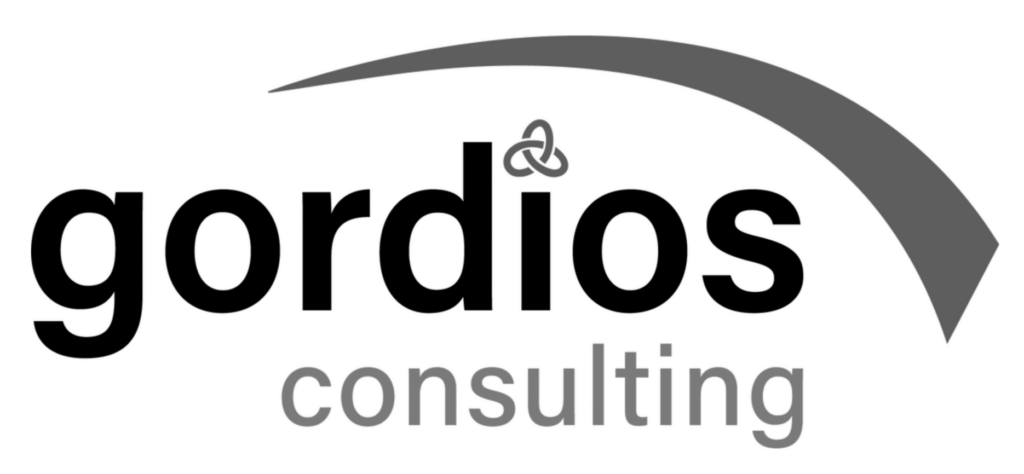
“I have worked with Claus Risager for a couple of years focused on developing sales in the USA of a robot for hospitals. The process was very well orchestrated with a detailed market segmentation followed by a detailed customer segmentation all the way down to focused metropolitan areas. In this way we were very successfully able to build the organization and be laser sharp on the marketing and sales efforts. Also the underlying sales presentations and -materials that were provided was probably among the best I have ever seen. Organizing customer service in a very clever way turned out to be really successful for us. I can highly recommend working with Claus at REGASIR.”

Rainer Bischoff
VP of Industry | euRobotics AISBL
General Manager Germany | Intrinsic Innovation GmbH (Alphabet company)
VP of Corporate Research 2002-2020 | KUKA Robotics
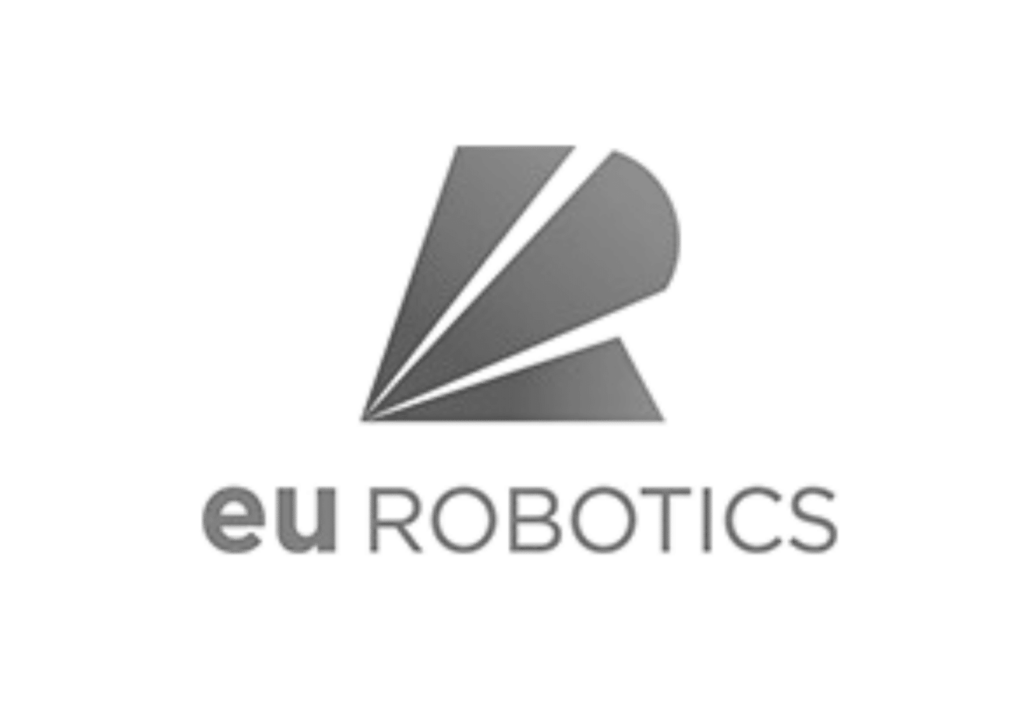
“Claus Risager’s vision and leadership have been instrumental in shaping the service robotics industry. He possesses a rare combination of deep technical knowledge and sharp business acumen, providing invaluable guidance for navigating the challenges of commercializing robotics. As a true pioneer in the field, his insights and mentorship are invaluable assets for any robotics company seeking to make a real impact.”

Sara Bellini
Chief Product Officer | ALTO Robotics Spa
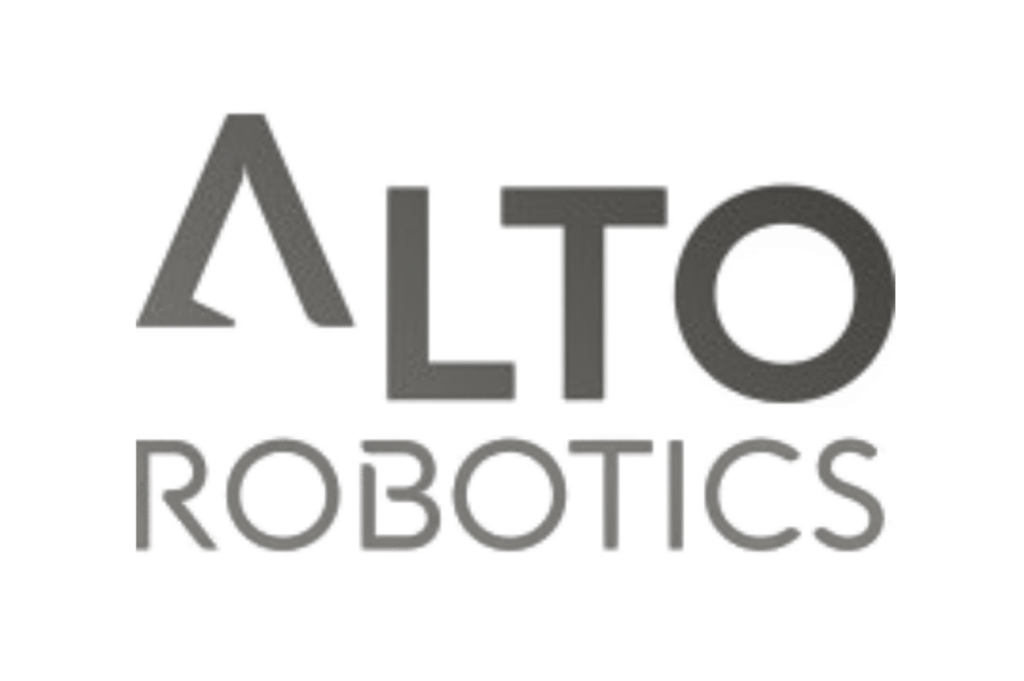
“Claus has been a great mentor for the ALTO Robotics team, bringing invaluable insights from his extensive experience in building, scaling, and successfully exiting robotics companies across various industries. His guidance has helped us see things from a different perspective, unlocking new potential growth paths for ALTO to explore.”

Thiusius Rajeeth Savarimuthu
CTO & Founder | ROPCA ApS

“Claus joined ROPCA as an investor and advisor in 2023 and has played a crucial role in enhancing our customer services. With extensive experience in implementing robots in hospital settings, Claus brings valuable insights to ROPCA as we embark on this new journey. We are grateful for all the support he has provided.”

Oliver U. Stahl
Co-Founder & CEO | Olivaw GmbH
Co-Founder-Investor 2017-2023 | Robotise Technologies GmbH
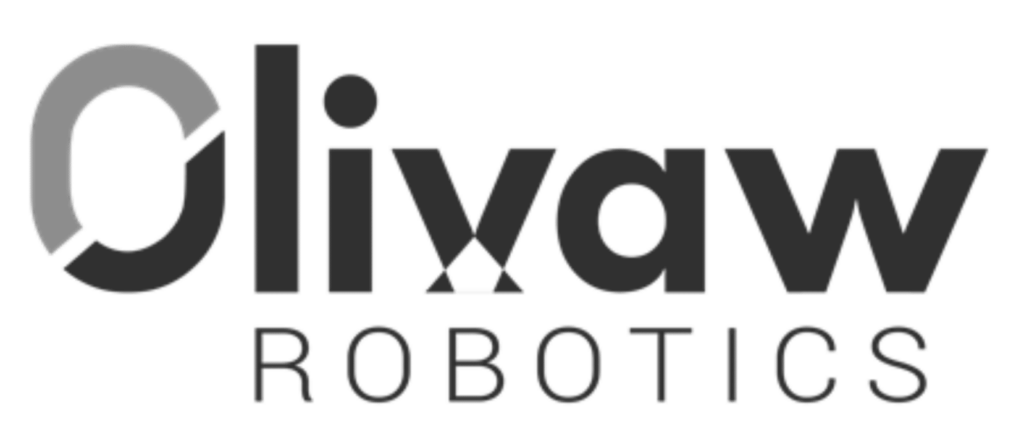
“Claus Risager is the visionary founder of Blue Ocean Robotics. His pioneering work in developing Autonomous Mobile Robots (AMRs) and collaborative robotics in general, was instrumental kickstarting the global service robotic industry but also transformed the landscape of service automation. His insights and expertise have been invaluable, inspiring countless professionals in the field, including myself. Thank you, Claus, for your leadership and innovation that continue to drive progress in robotics from Odense and beyond. I look forward to collaborate and to seek your advice.”

Michael Bankowski
CEO & Founder | Prosperous Robotics, Inc.
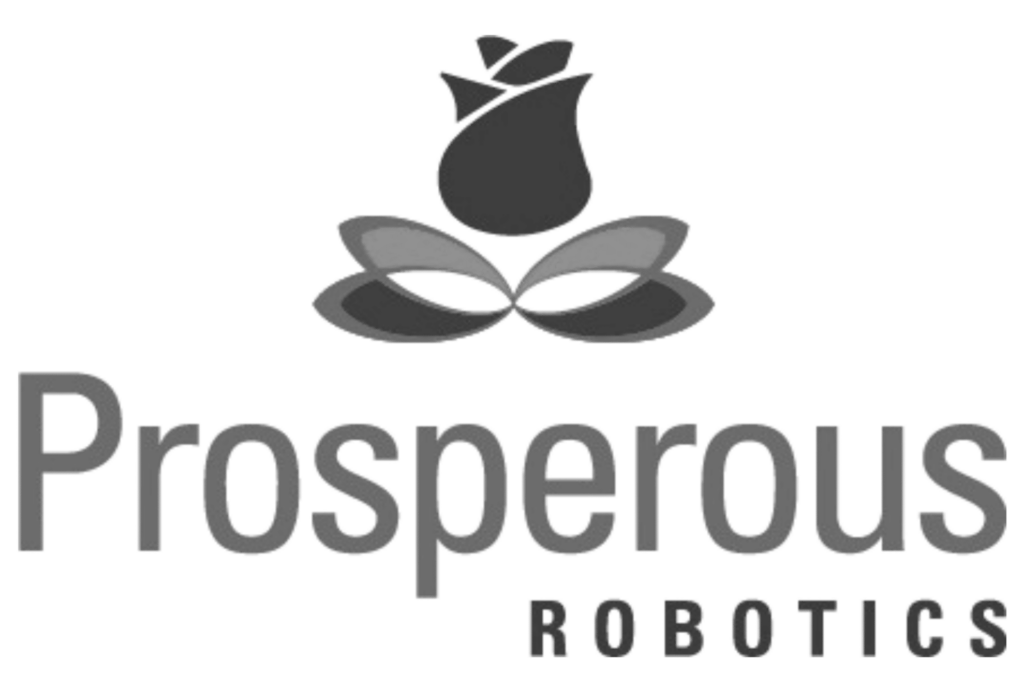
“Prosperous Robotics is thrilled to be collaborating with Claus Risager, whose extensive experience in commercializing robotics has been instrumental to our growth. Claus is a highly valuable advisor, and his insights are helping guide us toward successfully scaling our robotic solutions. We’re excited for what’s ahead with his expertise by our side.”

Kim Østergaard
CEO & Founder | Amiki Group ApS

“Claus Risager is a visionary who excels at anticipating future challenges and devising proactive solutions. His deep understanding of service functions allows him to transform reactive approaches into value-driven strategies. By focusing on customer needs, he paves the way for increased sales through upselling and cross-selling. Risager’s ability to prioritize and adapt in the dynamic startup environment ensures that efforts are always aligned with strategic goals, maximizing efficiency and driving growth. I have worked with Risager for more than 5 years and he is one of the best. I wish for every robot company out there that they could have Risager on their team.”

Elena Sjödin
Founder & CEO | Robot Minds AB

“As the founder of Robot Minds, I’m delighted to have recently welcomed Claus Risager as our Adviser. With his successful experience in building robotics companies, Claus has quickly become essential to our journey, supporting us on both strategic and technological fronts. His incredible commitment and dedication are evident in every discussion, helping us lay a solid foundation for our long-term vision and giving us the knowledge to take on new challenges. Beyond expertise, he brings enthusiasm and structure that make collaboration both rewarding and enjoyable. We’re truly fortunate to have his guidance as we take our first steps on this exciting journey.”

Søren Grønborg Thorsen
Partner & Investment Manager 2017-2020 | Nordic Eye

“As a seasoned founder, Claus Risager deeply understands the journey of building a business from the ground up. He has a unique understanding of the transition from product development to market entry. Having navigated the challenges of greenfield ventures, where everything is new and must be built from scratch, Risager has excelled in areas such as sales, marketing, and service. He has successfully developed and implemented strategies for these functions within one of the most successful robotics companies in Europe – Blue Ocean Robotics. His experience and accomplishments make him a valuable asset to any organization seeking to commercialize, scale and succeed.”

Oliver Mitchell
Partner | ff Venture Capital
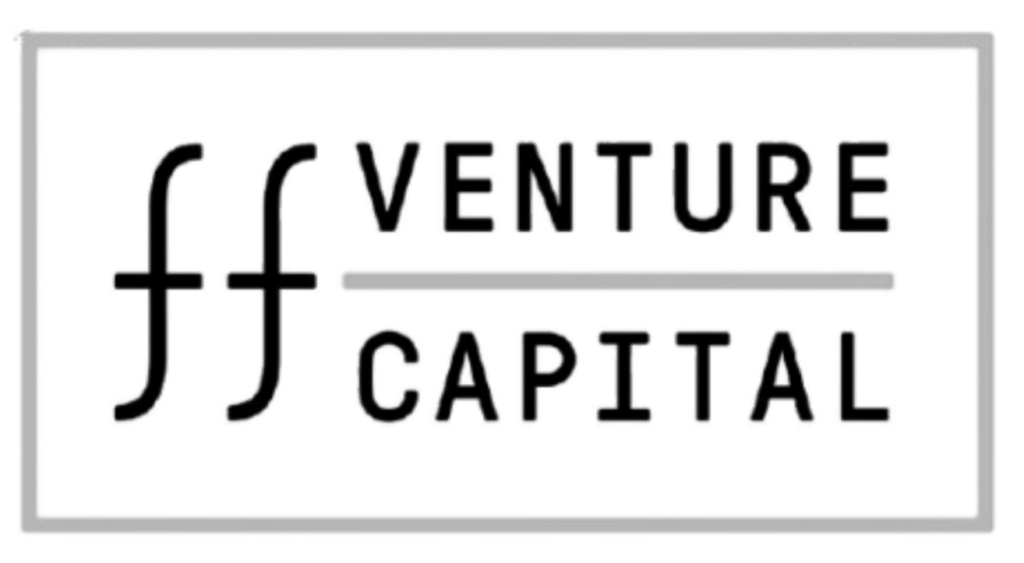
“Claus Risager’s extensive experience in robotics innovation, especially as a pioneer in mobile service robots, makes him a valued advisor for any innovator. Under Claus’s leadership, Blue Ocean Robotics successfully scaled to operate in over 50 countries. His strategic acquisition of Beam and the explosive growth of UVD robots during the pandemic showcase his keen understanding of market timing and expansion. Hardware entrepreneurs can especially benefit from his insights on navigating complex market dynamics.”

Carl Erik Skjølstrup
Regional Sales Manager | Inrotech A/S
COO 2019-2023 | Blue Ocean Robotics

“Claus Risager has been instrumental in the creation of the successful Odense Robotics cluster. From his time at Odense Steel Shipyard, Lindoe, over his establishment and growth of Technological Institutes’ Robotics departments, the initiation of RoboCluster and not least founding of Blue Ocean Robotics turning into a supplier of 75 % of the global market for UV disinfection robots, Claus Risager has always pursued ambitious growth strategies and has demonstrated an unmatched ability, energy and stamina both in defining, planning and executing the growth strategies, and also in reacting swiftly and committedly for pre-emption of obstacles by due-time strategic direction changes.”

Tim DeRosett
Director of Product | Brooks Automation

“Claus brings unique expertise in AI, robotics and automation, combining deep technical knowledge in hardware and software with a keen understanding of commercial success. His ability to bridge the gap between innovative technology and real-world business outcomes sets him apart, making him an invaluable leader and advisor in this space.”

Nicola Tomatis
CEO | BlueBotics SA

“Being active in robotics, I have known Claus for a long time as we have discussed and interacted regularly over the last years. Claus is a robotics expert and a gifted entrepreneur. The success of many of his initiatives proves that he is not only a great visionary, but also someone able to make it happen, with all the skills that this requires.”

Jacob Bro Eriksen
CEO | Omni
Board Director 2016-2018 | Blue Ocean Robotics
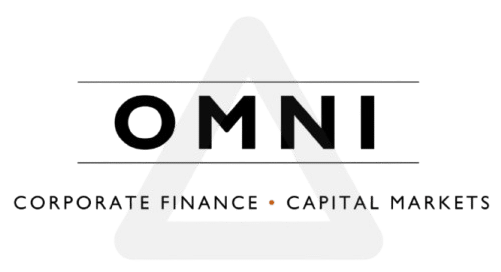
“Claus Risager is a visionary leader as well as a highly talented and intelligent individual with an unparalleled work ethic. His leadership style is both supportive and inspiring, making him an invaluable asset to any team.
His exceptional skills were instrumental in transforming Blue Ocean Robotics from a mere concept into a thriving company. With a deep understanding of both product development and market dynamics, Claus possesses the vision and drive to lead businesses to new heights.
If you’re seeking a dynamic and experienced leader or advisor, Claus Risager is the perfect choice.”

Philippe Goldman
CEO | Sananga Technology
ex CEO | Pazzi Robotics
ex Director | L'Oréal

“Claus is a long time robotics professional with the right balance between product development and business needs. His view of the sales cycle, international business to scale and the complexity of product engineering is a real asset in providing relevant advice. Claus also has the patience of a wise man and really listens to his contact before giving feedback.”

Jens Fynbo
CEO, M.Sc. Mech. Eng. | StackIT ApS

“Working with Claus Risager at REGASIR has made a remarkable impact on our company. They bring a high level of professionalism and competence, and have proven to be an invaluable sparring partner. With their extensive expertise in robotics and broad network, Risager has been instrumental in focusing our business. We’re excited to continue leveraging their support as we move from a startup to an international presence. If you’re looking for a partner to elevate your business, I highly recommend Risager!”

Jodi Saglia
CEO & Chairman | ALTO Robotics Spa

“Claus has been a great mentor for the ALTO Robotics team, bringing invaluable insights from his extensive experience in building, scaling, and successfully exiting robotics companies across various industries. His guidance has helped us see things from a different perspective, unlocking new potential growth paths for ALTO to explore.”
